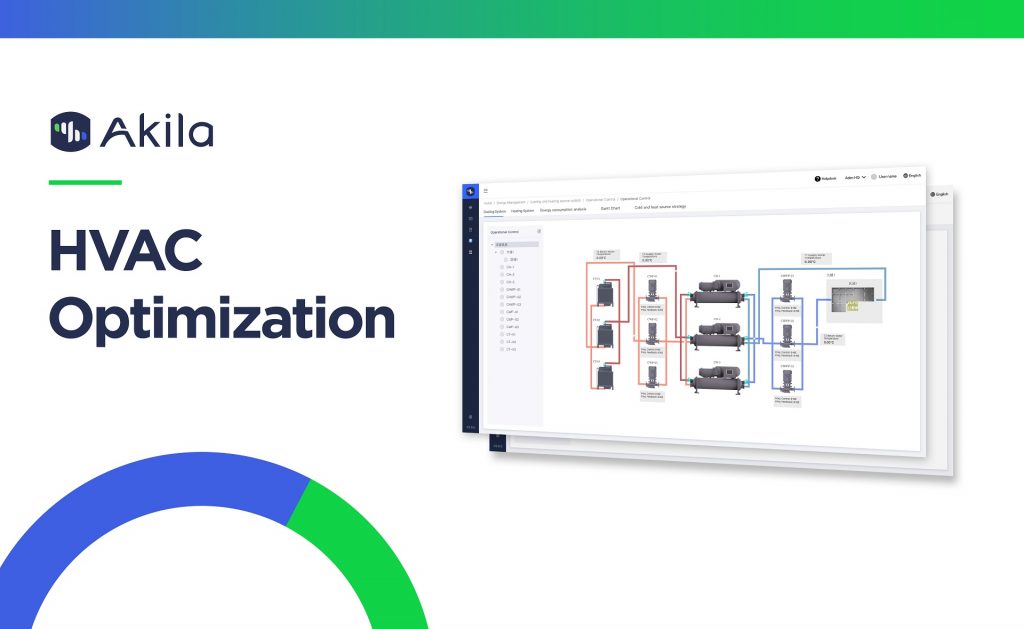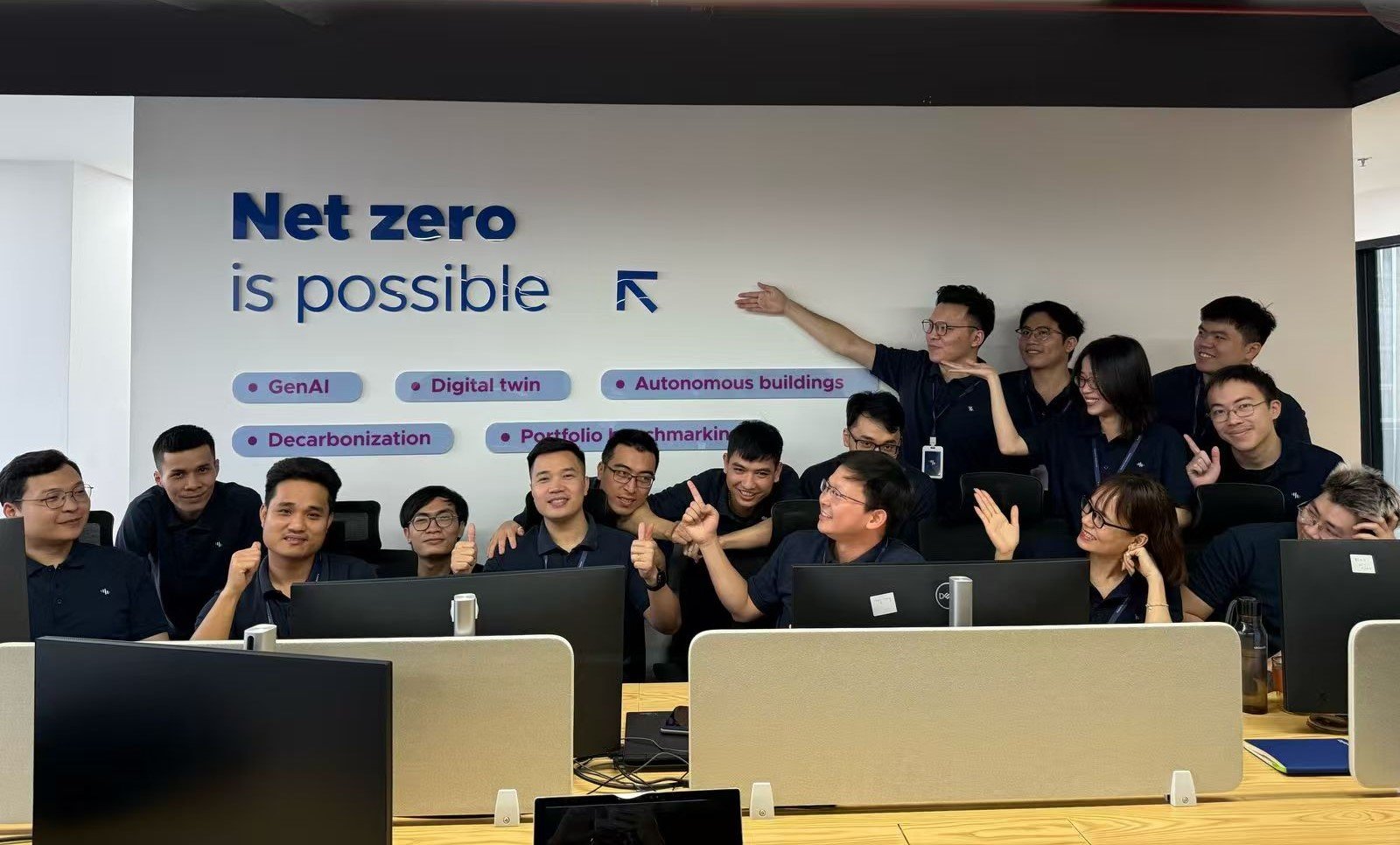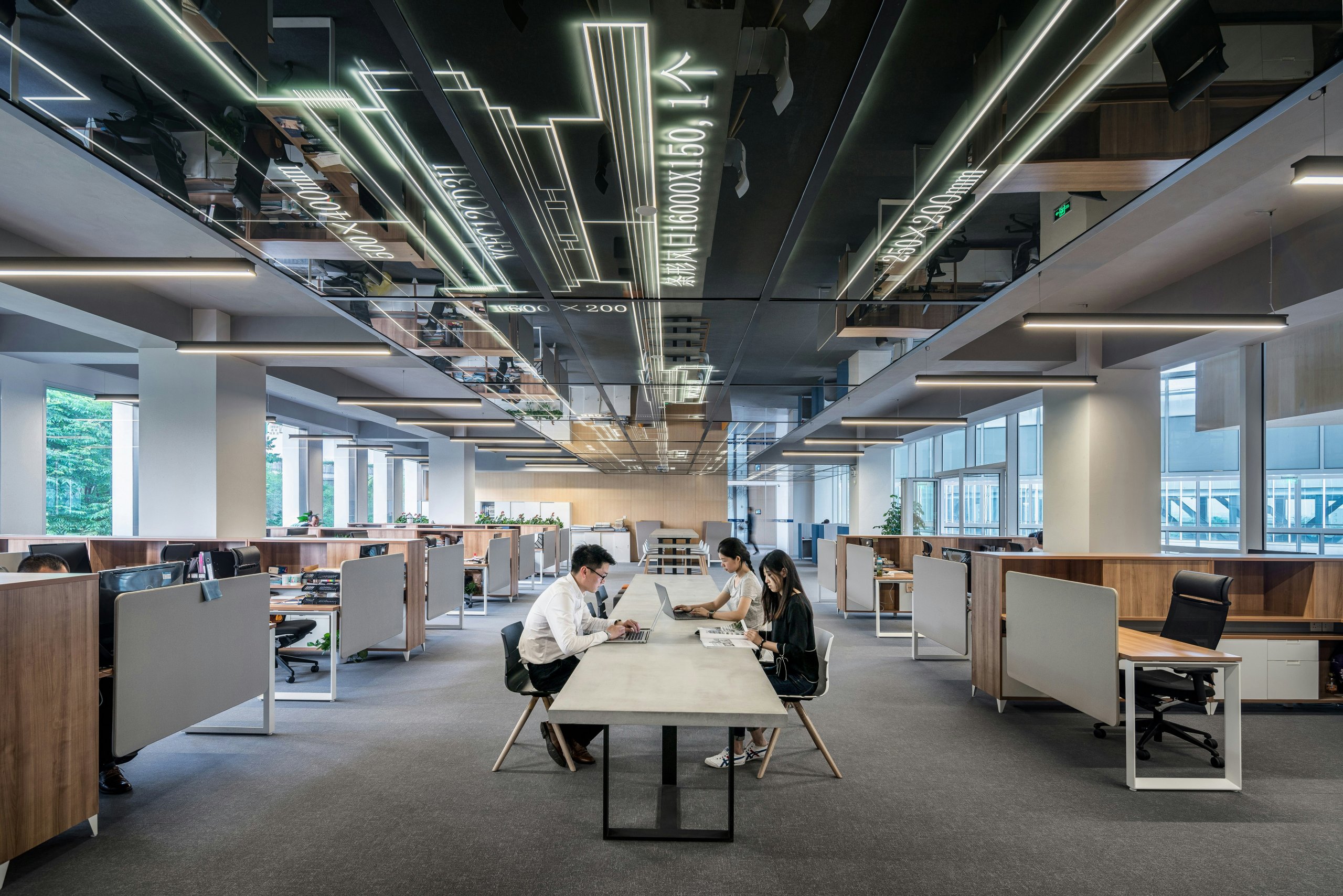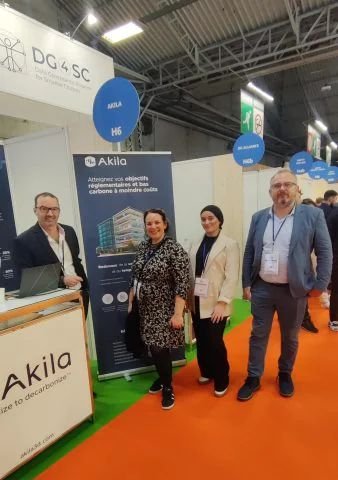
At a time when serious effects of the climate crisis are manifesting across the globe and energy insecurity is causing huge issues throughout Europe and Asia, businesses must take accountability for their energy usage and take swift action to reduce it. With many governments around the world demanding that companies comply with stringent carbon and energy use targets, portfolio holders and those working with the built environment are scrambling to get better performance out of their energy-dependent systems. HVAC is one such system that consumes a high amount of energy – but represents the massive potential for reductions. Akila employs ground-breaking digital twin simulation software combined with IoT tools to optimize HVAC efficiency.
HVAC systems are a major consumer of energy
HVAC (Heating, Ventilation and Air Conditioning) plays a vital role in temperature control in the built environment. Whilst HVAC systems are essential for the safety of building users and many other operations, they are also hugely energy intensive. A typical system accounts for around 40% of a commercial building’s total energy consumption, with similar figures in residential and industrial use cases.
As heatwaves become a more regular occurrence, and general temperatures trend upwards, the demand for HVAC systems is rising. Electricity grids and resource reserves are struggling to keep up. Amid the 2022 heatwave in Shanghai, energy analysts suggest that at its peak, 50% of the total power capacity was going toward air conditioning. As the global energy crisis worsens, blackouts and brownouts are already becoming a reality. Spain recently placed a ban on setting air conditioning units below 27 degrees Celsius in public places and offices, with France, Italy and Germany set to follow with similar policies.
As resource and energy insecurity shows no signs of slowing down and temperatures rise, the problem of providing enough energy for HVAC systems will only increase in the future. It is estimated that there are currently about 1 billion single-room air conditioning units in the world. The data suggests that by 2050 it is possible that there will be more than 4.5 billion. The US already uses as much electricity for air cooling systems each year as the UK uses for its total energy needs. The IEA (International Energy Agency) projects that if the rest of the world reaches similar levels, HVAC systems will consume about 13% of all electricity worldwide – and produce 2 billion tons of CO2 a year.
Optimizing HVAC efficiency is imperative – but there are still significant barriers
HVAC efficiency optimization typically reduces energy usage and costs by up to 40%, improves system reliability by enabling operations to work more efficiently, ensures healthy air quality for building users and reduces a building’s carbon footprint. These benefits demonstrate that optimization is a necessary undertaking for businesses in the current energy climate. But despite the immediacy of the problem and all the benefits that optimization brings, there are still numerous barriers preventing some businesses from more aggressively pursuing optimization.
One major barrier is the uncertainty of results. It is hard to justify the budget for an optimization project if it is too difficult to verify predicted results. This is not just a problem for internal use and costing, but also for reporting requirements. Reporting of emissions is becoming increasingly strict as governments aim for net-zero targets and investors are expecting ESG metrics to be met. Seeing the tangible value in an optimization program is difficult without the use of sophisticated, real-time tracking tools – such as sensors or digital twin simulation software that can set an accurate baseline for energy use and show demonstrable results in real-time in a format that can be reported and traced.
Another factor that can reduce the motivation of businesses to undergo optimization is that understanding the benefits requires a holistic view of the energy-saving process. Viewing buildings as a living system with many moving parts and various factors intersecting all the time is abstract and difficult to visualize without the correct tools. Many assume that entire system assets need to be overhauled and replaced, however, with the correct tools, this is not the case. What is required is an essential mindset change and this is an important step on the way to lowering energy consumption within organizations.
Akila deploys advanced digitalization tools to make deep optimization accessible
Akila’s AI-powered digital twin platform utilizes digitalization technology and IoT sensors to collate, track and action energy data throughout entire systems (such as HVAC) in one easily accessible platform.
Akila is able to monitor HVAC energy consumption levels throughout multiple buildings simultaneously, whilst outputting data that shows exactly how much energy is being used when and where. All data is trackable, produced in real-time and accessible at the touch of a button. Clients can see results – and savings – from day one. This removes the challenge of verifying results by providing concrete numbers and easy comparisons to the baseline in any time frame.
Akila’s digital twin technology and sensor integrations create a digital copy of a building that includes all energy flows and other statistics such as temperature, occupancy, air quality and more. Digital twins ensure that a holistic approach to HVAC efficiency is set at the beginning of the process, helping visualize and contextualize intersecting energy demands and providing comprehensive solutions.
The Akila team has already provided expert optimization support with a number of flagship companies including Ikea, Saint Gobain and many others. A recent project with West Wisdom Valley in Chengdu optimized the energy use of a large-scale commercial complex covering 700,000 m2 with high-end offices and hotels. By deploying the Akila digital twin platform in conjunction with HVAC control and the Akila Energy Module, Akila was able to reduce HVAC energy costs for West Wisdom Valley by up to 40% and dramatically reduce CO2 emissions.




